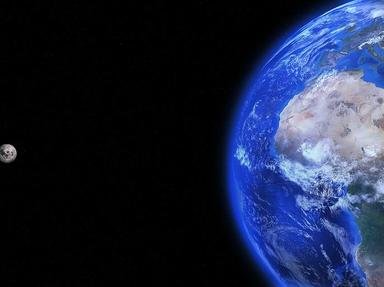Quiz Answer Key and Fun Facts
1. Beirut is the capital city of Lebanon. Which of these statements is NOT true about it?
2. Which country borders Lebanon, lying south?
3. Debbane Palace, the Castle of St. Louis, and the Eshmun Temple are all located in which city of Lebanon?
4. The Our Lady of Lebanon shrine is located near which village of Lebanon?
5. The largest city in the north of Lebanon shares a name with the capital of which African country?
6. The largest mosque in Lebanon is which of these?
7. On 4 August 2020, an explosion killed 218 people, injured 7,000 and made 300,000 people homeless. In which city of Lebanon did this occur?
8. In 1978, during the Lebanese Civil War (1975-1990), a massacre occurred with prominent Lebanese political family, the Frangieh family, being the main target, in what city of Lebanon?
9. Lebanon's largest farming area is which of these?
10. Which village of Lebanon claims to have the Tomb of Noah?
11. Lebanon is divided into nine governates or muhafazah. Which is the largest by area?
12. Second only to Syria, Lebanon possesses the second-largest amount of adherents to which religious faith?
13. Located in Beirut, the Mim Museum is known for its displays of which of these?
14. In Greek mythology, Princess Europa was born in which city of what is now Lebanon?
15. In ancient times, Ba'alat Gebal was goddess of this city in what is now Lebanon, which still contains the ruins of her temple. Which city is it?
Source: Author
LuH77
This quiz was reviewed by FunTrivia editor
agony before going online.
Any errors found in FunTrivia content are routinely corrected through our feedback system.

